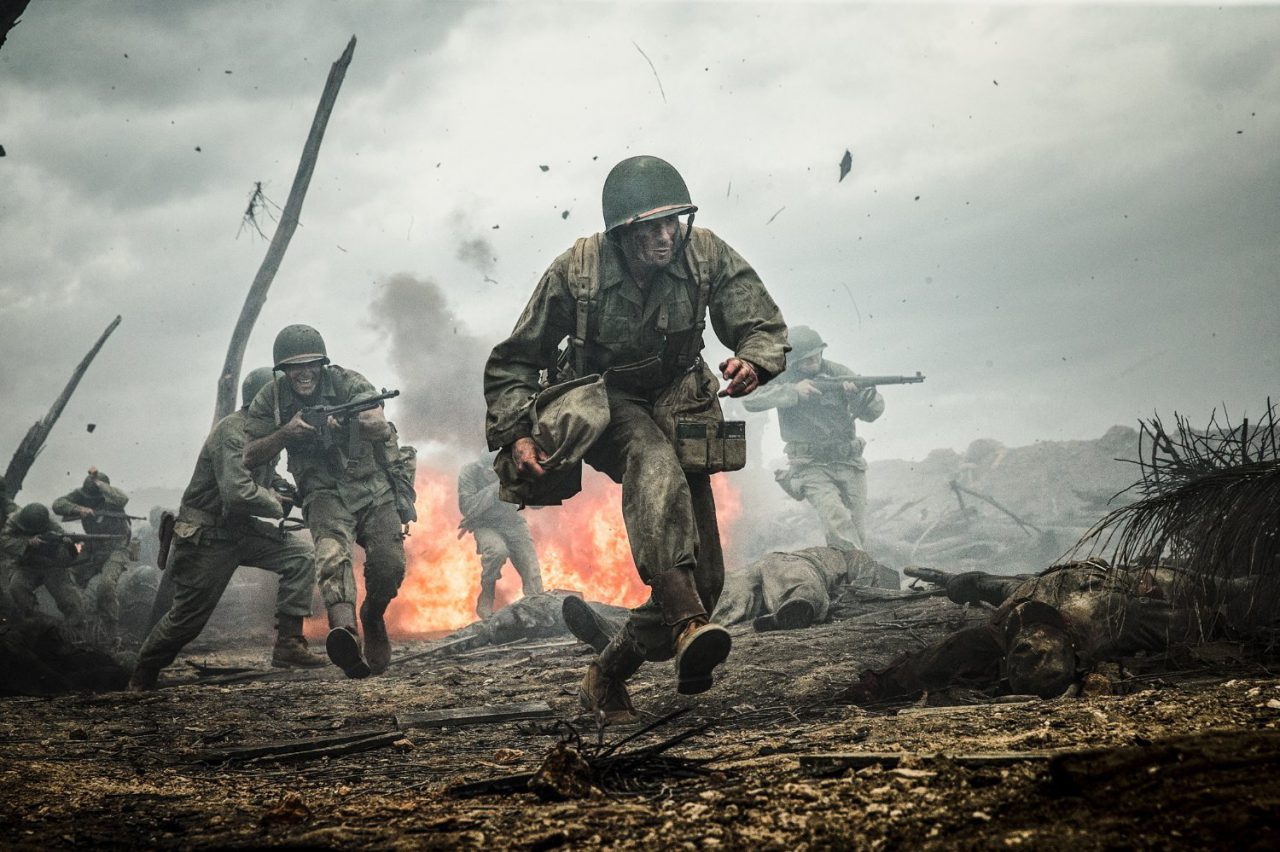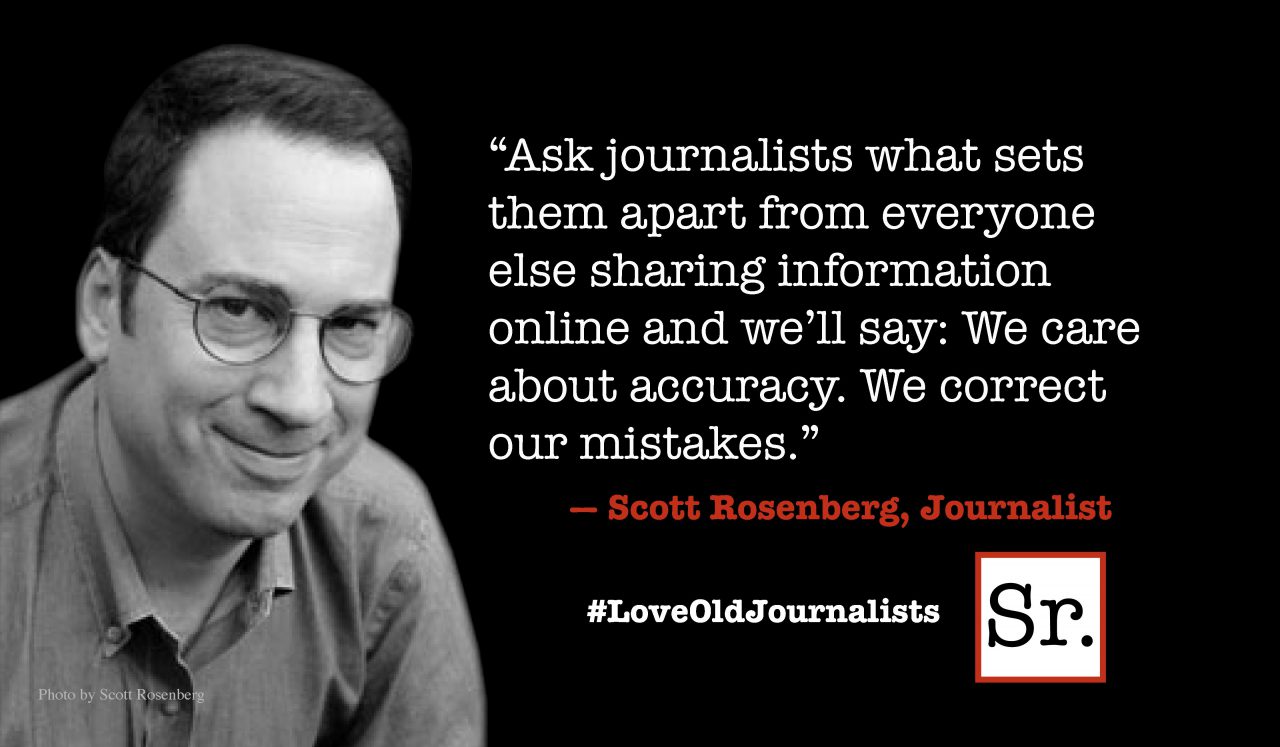“Old fashioned” in the best possible sense, “Hacksaw Ridge” is a real-life World War II combat drama that has it both ways.
It may be the most violent film ever released by a major studio, being horrifyingly realistic in its depiction of combat in the South Pacific.
At the same time it is soul-shakingly inspiring.
Brutality and spirituality are unlikely bedfellows, which makes the ultimate triumph of “Hacksaw Ridge” all the more remarkable.
In fact, the film instantly elevates director Mel Gibson back to his one-time status as a major filmmaker. Say what you will about Gibson’s misbehavior and misplaced beliefs, the guy has got the stuff.
Like “Sergeant York,” the reality-inspired classic about the World War I hero, “Hacksaw Ridge” centers on a conscientious objector who ends up winning the Congressional Medal of Honor. It even follows that earlier film’s basic narrative, dividing its running time between our hero’s life Stateside and his grueling combat experiences.
The difference is that unlike Sgt. Alvin York — who finally put aside his C.O. status and became a one-man juggernaut, killing at least 28 German soldiers and capturing 132 others — Desmond Doss practiced non-violence even in the midst of the most ghastly carnage imaginable.
With bullets whizzing around him — quite literally up to his knees in blood and guts — this Army medic singlemindedly went about his business of saving his fellow soldiers.
We meet young Desmond (Andrew Garfield) in the Blue Ridge Mountains of Virginia. Dad (Hugo Weaving) is an unshaved alcoholic still tormented by the sight of his friends being blown to bits during the Great War. Mom (Rachel Griffiths) is often on the fist end of her husband’s anguish.
As a boy, Desmond is traumatized after losing his temper and striking his brother with a rock. Swearing to never again harm another human, he joins the the Seventh-day Adventist Church, whose pacifist doctrines prohibit its members from carrying weapons.
He meets and woos a beautiful young nurse (Teresa Palmer) who is smitten with his humor and gentle nature. They plan to wed.
But Pearl Harbor intervenes and to the dismay of his father, Desmond enlists in the U.S. Army. He won’t touch a weapon, but he’ll happily serve as a battlefield medic.
In boot camp, he finds himself pitted against a drill instructor (Vince Vaughn) with a formidable arsenal of sarcastic (and often hilarious) comments and a commanding officer (Sam Worthington) who doesn’t know how to deal with a soldier whose conscience won’t allow him to even pick up a rifle. This kid is an administrative nightmare.
Peer pressure is brought to bear — his barracks mates are denied leave and told it’s because of Desmond.
But this lanky Bible-reader rejects all efforts to have him sent back home. He’s a patriot. He wants to serve.
He just won’t kill.
Surviving a court martial, our hero finds himself in Okinawa where his unit is preparing to take an inhospitable escarpment known as Hacksaw Ridge.
Gibson here gives us one of the greatest movie combat sequences of all time — one surpassing the Omaha Beach scene that opens “Saving Private Ryan.” The chaos of combat has rarely been so visceral.
And even in the interludes between action, the nature of island fighting works on the senses and sanity of the soldiers. There’s no way to remove the dead. Living men share foxholes with decomposing corpses. We’re talking rats chowing down on human bodies, dead Japanese with squirming maggots where their eyes used to be.
In the middle of the madness there is Desmond, dodging bullets, delivering shots of morphine, offering words of encouragement and dragging mutilated comrades out of the line of fire.
The narrative apex of “Hacksaw Ridge” comes in a long sequence so astonishing you’d swear it was the product of screenwriters Andrew Knight and Robert Schenkkan’s overheated imaginations — except that it really happened.
With American forces thrown off the ridge, Desmond stays behind to pull the still-breathing from piles of corpses.He hides the wounded from Japanese patrols, patching them up as best he can and then lowering them on a makeshift harness down a cliff face to waiting trucks below.
He does this for nearly 24 hours, muttering “Just one more, Lord” to keep himself going. Medics behind the lines can’t figure out where all these incapacitated casualties are coming from. (Desmond even sends down some wounded Japanese, although a stretcher bearer indifferently reports to an officer that “They didn’t make it.”)
It’s a superhuman effort, one that resulted in the rescue of 75 American soldiers and which won Desmond Doss the Medal of Honor.
You can only watch this with your mouth open, unable to believe that any mere mortal could exhibit this degree of selflessness and heroism.
Unlike Angelina Jolie’s “Unbroken,” which gracelessly sidestepped an inconvenient truth about its subject (he only survived a killer case of PTSD by undergoing a religious conversion), “Heartbreak Ridge” leaves no doubt that Desmond’s heroism is inspired by his religion. He’s not sanctimonious about it — this isn’t a sanctimonious movie — but this is a given. Desmond Doss believes.
And here’s where you’ve got to give major props to Andrew Garfield. Playing virtuous characters is always something of a drag (villains are so much more fun), but this young actor (born in America but reared in the U.K.) makes Desmond Doss a compelling, very human, supremely likable figure. His concern and love for his fellow soldiers is genuine and, given the high casualty rate, heartbreaking.
Nothing Garfield has done yet in his career comes close to this. His Oscar nomination is, undoubtedly, well deserved.
The other players are excellent. . . and it’s worth noting that with few exceptions all are Australians portraying Americans. Gibson, of course, spent his formative years Down Under, and the movie was shot entirely in New South Wales.
Apart from the violence, “Hacksaw Ridge” is noteworthy for its unapologetic depiction of Japanese atrocities (including a scene in which Japanese soldiers pretend to surrender so that they can blow up the Americans — and themselves — with grenades). It may shock modern audiences, but it happened. And it makes Desmond’s efforts to save even enemy wounded all the more transcendent.
Hell of a war. Hell of a man.









